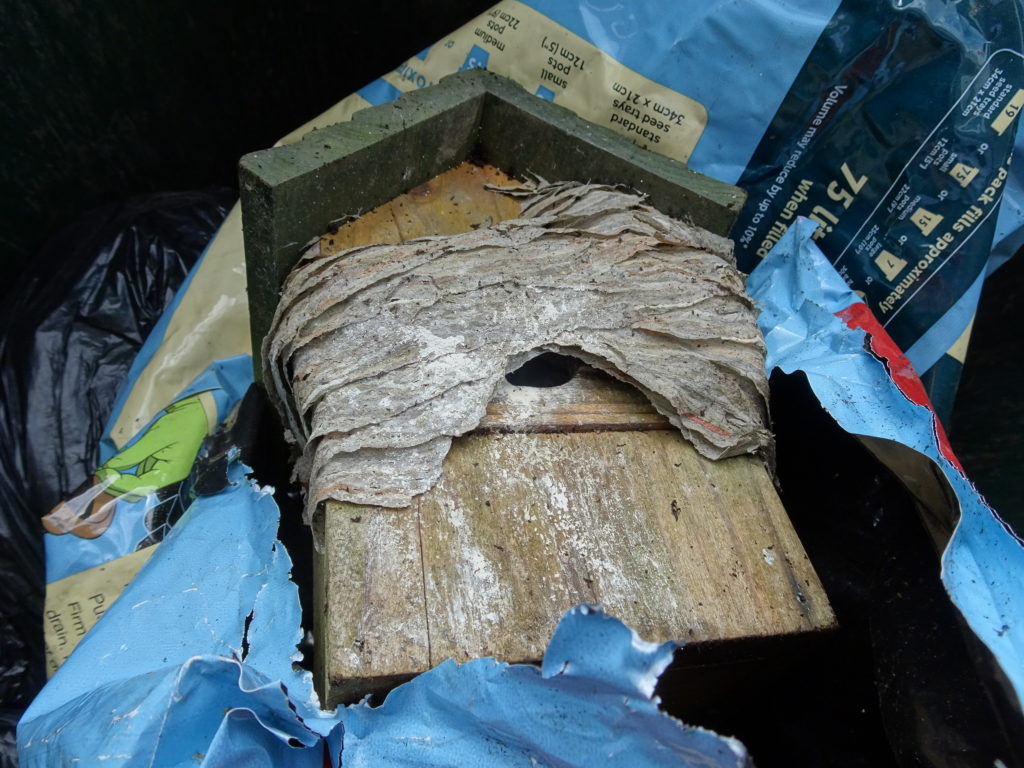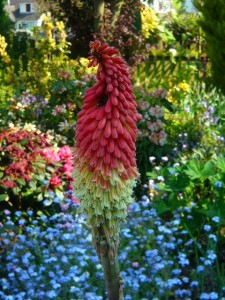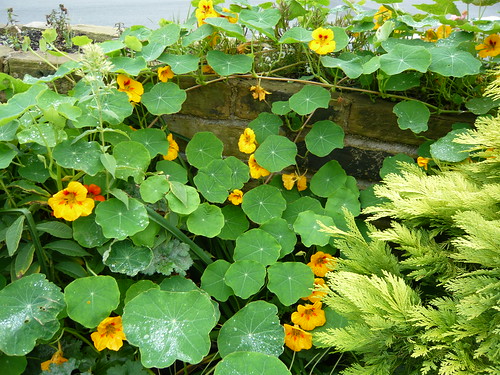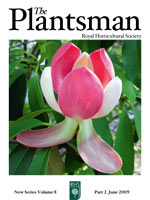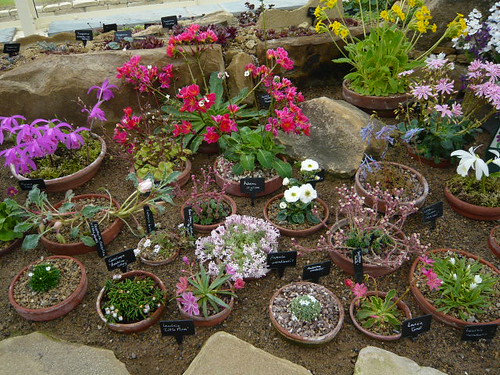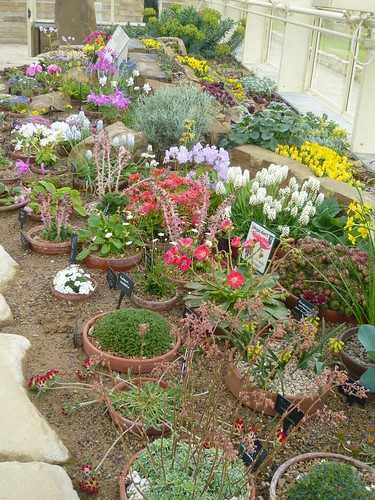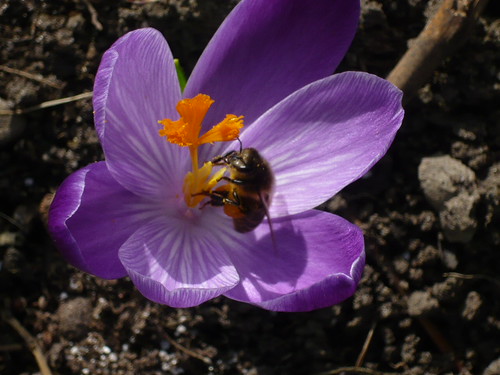Wasps Problems and Control
I thought this was meant to be a bird box but the wasps thought differently.
Wasps
Wasps are a large and diverse group of insects with tens of thousands of species including Hornets, Yellow Jackets and solitary wasps. Some social wasps live together in a nest with an egg-laying queen but the greater numbers are solitary species.
Wasps like munching on ripen fruit Plums, Pears and Apples. They are not the main villain as they only attack fruit that is already damaged by birds or other insects. Their mouths are not usually strong enough to break the skin.
Grapes can be susceptible to damage but bunches of fruit can be wrapped in muslin or old nylons.
Wasp Control and Problems
- Control wasps by destroying their nests with carbaryl dust.(see below)
- The sting of a wasp is how they catch some of there food prey. In late summer humans may get stung as wasps start to mate for the following year. Wasps may sting more than once if people come close to them but the pain is less than that of most bees.
- Wasp nests made from chewed wood pulp and saliva can be found in roof spaces, under eaves or in bird boxes but are not generally a serious problem.
- Wasps are predators and parasites so can help in a garden as the larvae feed on aphids and caterpillars. Wasps are major pollinators in the UK and around the world.
Gall Wasps
Cynipids can form a variety of gall on Oak tree leaves, stems and roots. Some years the galls can be very numerous but no serious harm will be done and no control is required. The underside of leaves may get rust brown spangle galls or brown spot gall.
Notes
‘Carbaryl is a man-made pesticide that is toxic to insects. It is commonly used to control aphids, ants, ticks, spiders, and many other outdoor pests. It is also used in some orchards to thin out blossoms on fruit trees.’ Pesticide information center
